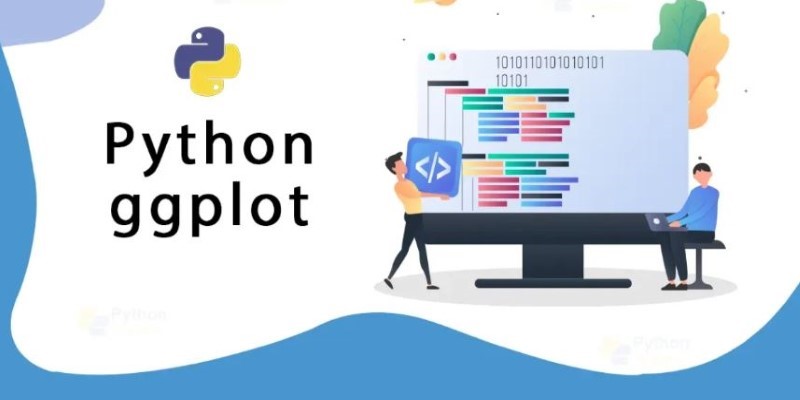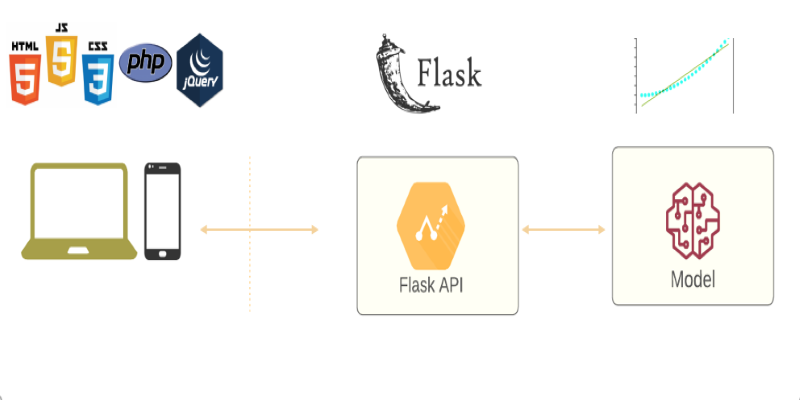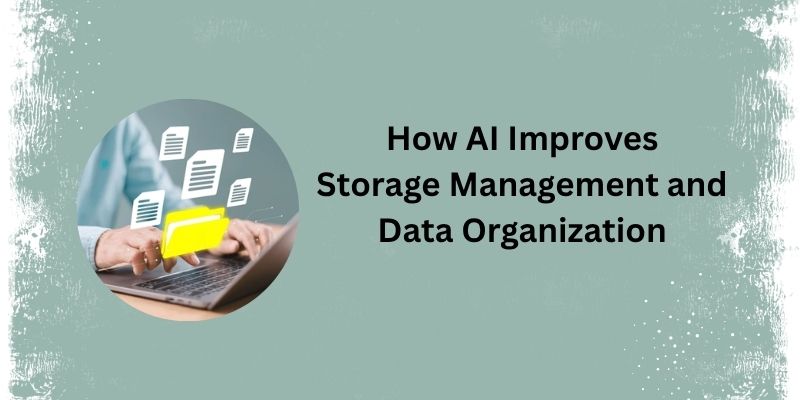Advertisement
You’ve probably heard about AI taking over all sorts of jobs (from writing emails to making art to automating customer support). But lately, there’s been a lot of talk about something called autonomous AI service agents. Sounds like a mouthful, right?
Let’s break it down. No fluff. No filler. Just everything you need to know—from what these “agents” are, to how they’re being used, to whether you should even care (spoiler: you probably should).

In plain words? They're smart programs that can do stuff on their own. Not just one thing. Not just when you click a button. They can figure out what to do next without needing someone to micromanage every step.
They're like little digital workers that can plan, decide, and act (without needing someone breathing down their neck 24/7). Think of them as AI tools—but with more independence.
Not just bots that say “Hi, how can I help you?” when you open a website. We’re talking about agents that can handle multi-step tasks, loop in other systems, and even correct themselves when they mess up.
Still sounds a little sci-fi? That’s fair. But it’s already here, and businesses are using them as we speak.
To be called an autonomous AI service agent, it’s gotta check a few boxes:
That’s the big difference between these and your standard chatbots or automation scripts.
Feature | Old-School Chatbot | Automation Workflow | Autonomous AI Agent |
|---|---|---|---|
Follows Rules? | Yes (rigid) | Yes (set steps) | No (flexible/adaptive) |
Needs Input Every Time? | Yup | Kinda | Nope |
Can Adjust Mid-task? | No | Limited | Yes |
Works Across Tools? | Not really | Sometimes | Often, yes |
Self-Correcting? | Nope | Nah | Yup |
Learns & Adapts? | Barely | Not really | Actively |
So yeah… while bots and workflows are still useful, agents are a different breed. They're smarter, more flexible, and way more capable when the task isn’t so black and white.

Not all AI agents are created equal. Some focus on customer service. Others help with internal IT stuff. Here's a breakdown of a few common types:
They handle support tickets, live chats, refunds, password resets… and even escalate stuff when needed. Not just “answering FAQs” but actually taking action. (Yes, like creating a new ticket, updating your shipping info, or flagging an account for review.)
Your printer’s not connecting? Software won’t update? These agents help fix tech issues by guiding you or just fixing it themselves in the backend. (Honestly, a dream come true for overworked IT teams.)
Some agents are trained to qualify leads, follow up, book demos, and even close deals. Kind of like a super-organized digital sales assistant that doesn’t sleep or take breaks.
They monitor internal systems (like servers, apps, processes), identify bottlenecks, and trigger fixes. They keep things running smoothly without needing a room full of people constantly watching dashboards.
Yes, even developers are getting agent support—automated testing, debugging suggestions, deployment checks… all handled by autonomous agents trained in software workflows.
There are more out there (finance, HR, you name it), but those five are showing up everywhere right now.
We’re seeing AI service agents pop up across all kinds of industries. But here are a few clear use cases worth calling out:
You know how businesses want to “be there” for customers at all hours… but don’t want to pay for night shift teams? These agents step in to triage, help, and even solve full issues without waiting for a human.
Companies are using them internally, too. Agents help employees reset passwords, file IT tickets, get HR documents, and troubleshoot common problems. Basically, less back-and-forth emails. More instant answers.
Think product returns, order tracking, shipping updates, etc. Instead of going through 3 people and waiting 2 days, an agent just does the work right away (or at least gets it started).
Agents are even helping developers test features, write QA test plans, and handle code-related stuff. (No more “it works on my machine” excuses.)
From writing ad copy to running A/B tests to reporting analytics, autonomous AI agents can run entire campaigns with minimal oversight. Handy for lean teams.
Let’s name some names (because what good is all this info without real-world examples, right?):
And of course… a bunch of newer tools keep popping up every week.
Let’s pause and ask the obvious question: do you actually need this?
Here’s a quick gut-check:
If you said yes to one or more of those, you might benefit from trying out an agent-based system. Even something small to start. The idea isn’t to replace your whole team, but to free up time and reduce the stuff that drains your energy and budget.
Another key thing here? These agents aren’t just “set it and forget it.” They evolve.
Many use a combo of:
Basically, the more they’re used (and fine-tuned), the smarter and more useful they become.
We wouldn’t be honest if we didn’t talk about what could go wrong.
But again, most of these risks are manageable if you plan ahead and use the right tools.
Autonomous AI service agents aren’t “the future.” They’re already here. And they’re slowly making their way into everything—from customer service to IT to e-commerce.
They’re not just chatbots. They’re not just fancy macros. They’re smart digital assistants that can take action (on their own), handle complex stuff, and help teams get more done with less.
Whether you’re running a business, leading a team, or just curious what all the hype is about… now’s a good time to pay attention. No need to rush in—but no need to sit back and wait either.
(And hey… even if you just play around with one, it might be the productivity boost you didn’t know you needed.)
Advertisement

Looking for the best Synthesia AI alternatives in 2025? Discover smart AI video tools that help you create videos with avatars, text-to-speech, and script automation faster and easier

Know what an AI accelerator is, how it works, and why it's vital for powering today's smart tech and intelligent systems

Discover reinforcement learning key concepts, training AI through feedback, and machine learning with rewards in action here

Learn how to create effective charts using ggplot in Python. This guide covers syntax, setup, and examples for powerful data visualization using the plotnine library

Discover how ChatGPT can revolutionize your cooking routine by offering meal plans, recipe ideas, and even cooking tips based on what’s in your kitchen

Learn how to access GPT-4 on ChatGPT. Follow these steps to unlock AI features and boost your productivity.

What’s really going on inside a black box AI model? Discover how deep learning, abstraction, and randomness make AI powerful—but hard to explain

Discover VR’s present and future: gaming, therapy, training and metaverse integration. VR trends for 2030.

Discover UiPath's latest update with smarter AI bots, easier bot design, improved integration, and powerful automation tools

Learn how to deploy your machine learning model with Flask in 2025. Step-by-step guide on setting up Flask, testing your API, and making your model production-ready

From sorting files to predicting storage needs, see how AI helps manage and optimize your data storage without any effort.

In daily life, inductive arguments transform ideas, guide behavior, and enable intelligent choices grounded on noticed trends